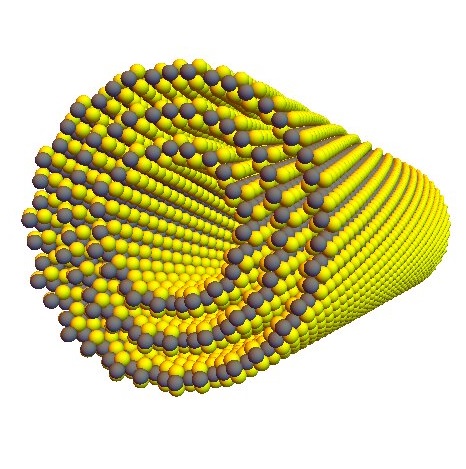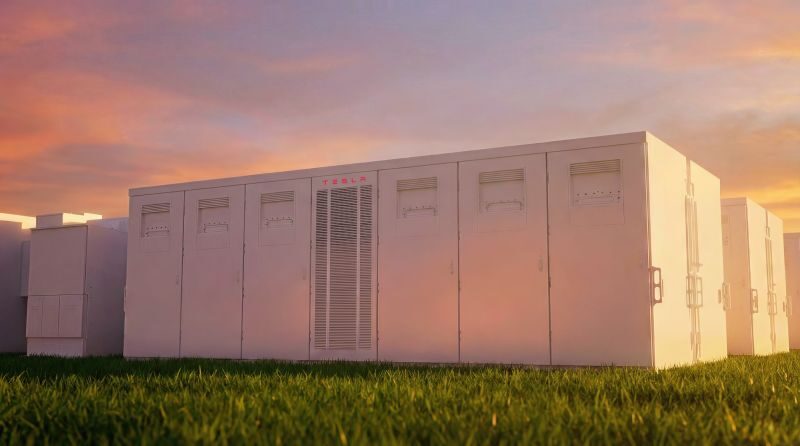From pv magazine Global
Scientists investigating various functions for a semiconductor nanotube have discovered one such material – made from tungsten disulfide – exhibits the bulk photovoltaic effect (BPVE) at an efficiency far higher than in other materials known to exhibit the phenomenon. BPVE occurs when a current is generated throughout the entire structure of a material rather than relying on a junction between materials.
“Essentially our research material generates electricity like solar panels but in a different way,” said University of Tokyo professor Yoshihiro Iwasa. “We demonstrated for the first time nanomaterials could overcome an obstacle that will soon limit current solar technology.”
Tungsten disulfide only exhibits a photovoltaic effect when rolled into nanotubes. The bulk photovoltaic effect occurs because the nanotube is not symmetrical and the current generated has a preferred direction to flow in. Other materials with a similar ‘broken inversion symmetry’ structure have been shown to exhibit BPVE but Iwasa and his team found that with tungsten disulfide nanotubes, the conversion efficiency was much higher than previously observed.
“Our research shows an entire order of magnitude improvement in efficiency of BPVE compared to its presence in other materials,” Iwasa said. The study has been published in Nature.
In theory, BPVE could provide scientists with a route to higher efficiency solar cells. However, the efficiencies observed so far are too low to move beyond the lab. Iwasa also noted, scaling up the nanotube to a relevant size represents a significant challenge.
“Despite this huge gain, our WS2 nanotube cannot yet compare to the generating potential of p-n junction materials,” he added. “This is because the device is nanoscopic and will be difficult to make larger. But it is possible, and I hope chemists are inspired to take on that challenge.”
This content is protected by copyright and may not be reused. If you want to cooperate with us and would like to reuse some of our content, please contact: editors@pv-magazine.com.




4 comments
By submitting this form you agree to pv magazine using your data for the purposes of publishing your comment.
Your personal data will only be disclosed or otherwise transmitted to third parties for the purposes of spam filtering or if this is necessary for technical maintenance of the website. Any other transfer to third parties will not take place unless this is justified on the basis of applicable data protection regulations or if pv magazine is legally obliged to do so.
You may revoke this consent at any time with effect for the future, in which case your personal data will be deleted immediately. Otherwise, your data will be deleted if pv magazine has processed your request or the purpose of data storage is fulfilled.
Further information on data privacy can be found in our Data Protection Policy.